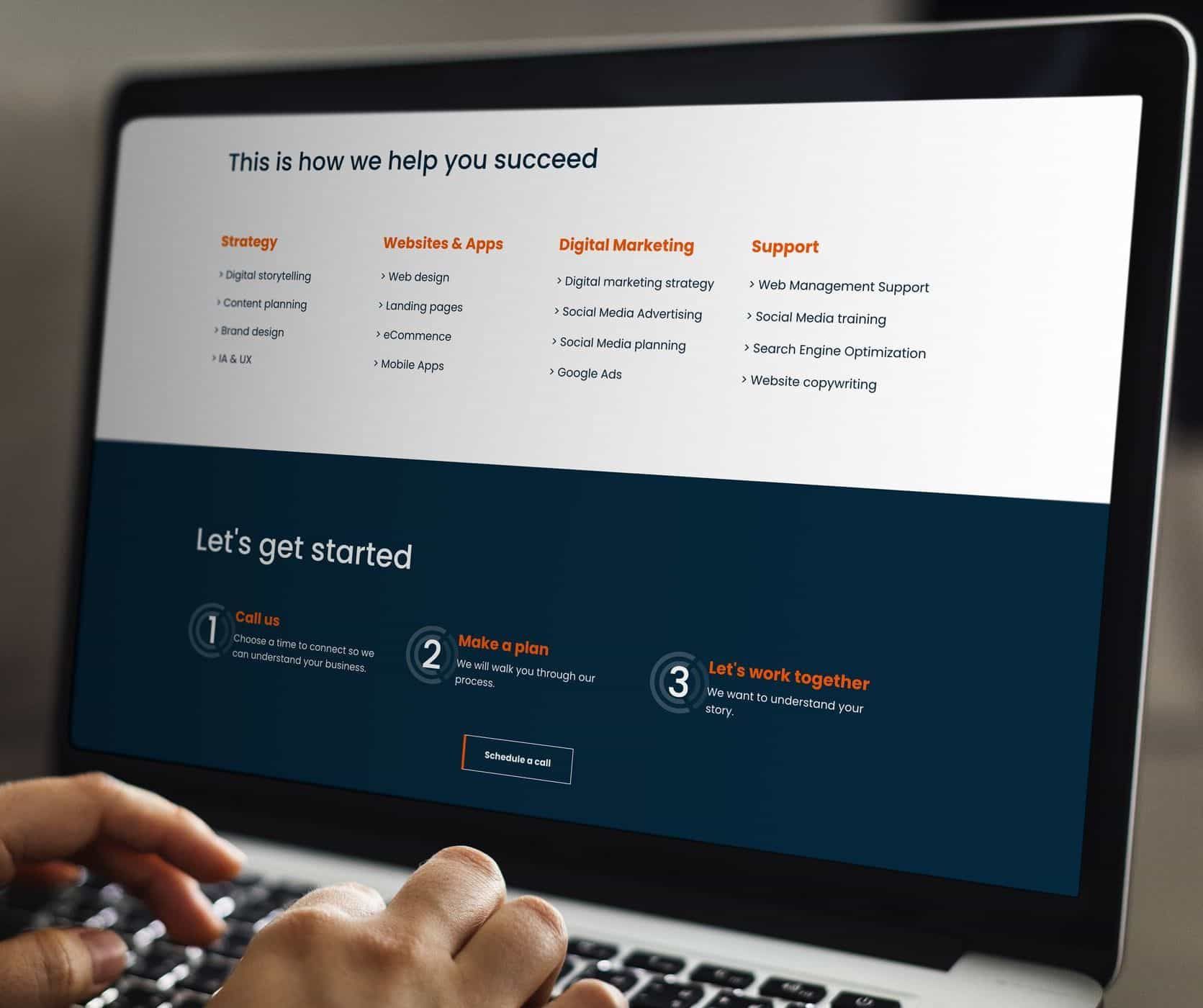Selling Online Overseas – Austrade insights
Although businesses without an online exporting strategy can benefit from online sales, if they wish to continue to grow in the online space, they ought to invest in planning an online strategy.
It is important to note that most of the fundamental elements of traditional export models are still relevant in the online space. Understanding customers, researching partners and suppliers, managing risks and having reliable freight all remain crucial to the success of an online exporting business.
In order to engage in exporting online , businesses will need a clear brand and sales message that appeals to the target market(s) that is engaging and differentiates the business from the competition.
e- Commerce advantages
1. Selling online provides great opportunities for businesses both big and small to expand beyond their physical location and engage with a much larger audience.
2. Online shopping is quickly becoming an everyday activity for people of all ages as technologies and logistics improve to make it more convenient and affordable for customers.
3. Opportunities for small businesses to compete in more niche markets and grow their business.
4. In 2016, global online sales were worth US$1.9 trillion or 8.7 per cent of total global retail sales. By 2020, global online sales are projected to reach US$4.1 trillion or 14.6 per cent of total global retail sales (Austrade).
5. The requirements and infrastructure to set up an online business can be less cumbersome than more traditional export channels.
6.
It presents good opportunities for the smallest of producers to get in front of potential customers directly without the need of third parties which means better returns.
Online export models
In traditional export models, producers engage other businesses (B2B) such as distributors, wholesalers or retail stores. This is the point in which the seller loses control over how their product is marketed, where it’s sold and how it’s priced.
Online exporting allow businesses more control over their product or service. Businesses can continue to market their product through a B2B model using distributors. For example, engaging a platform like Amazon or Ali Baba or Ebay in which the business sells its products through their platform and the distributor receives the order and takes a commission from the transaction.
Selling directly to consumers
Businesses also have the option of selling directly to the consumer through their own distribution channels. An example of this is a cosmetic store that exports products through their online store on their website. This has a higher level of involvement, knowledge and infrastructure.
Businesses wishing to export products through their own channels will need to have a website, sales representatives with expertise on regulations on how to transport the product, and understand the taxes and regulations.
Positioning your website for an international audience
Having a website that is easy to navigate, appeals to customers and is easy to understand for overseas audiences will help you attract potential customers.
Make sure that your products are shown in the best light by using high quality engaging images and provide clear product descriptions with as much detail as possible.
You need to understand your audience and the potential audiences you wish to target and provide a seamless online shopping experience tailored to your audience. For example, many Chinese customers can make purchases using payment gateways such as WeChat Pay or Alipay, having these options available on your website will go a long way to make the shopping experience more familiar for your customers.
Using online channels to promote your Business overseas
Lastly, you need to continue to research and observe trends in your target market(s) to maintain a competitive edge.
For example, most western social media platforms are banned in China and they have developed unique platforms that catered for the Chinese market like Wechat or Weibo.
They also have their on search engines like Bai du and their own e-commerce platforms like Ali Baba.










